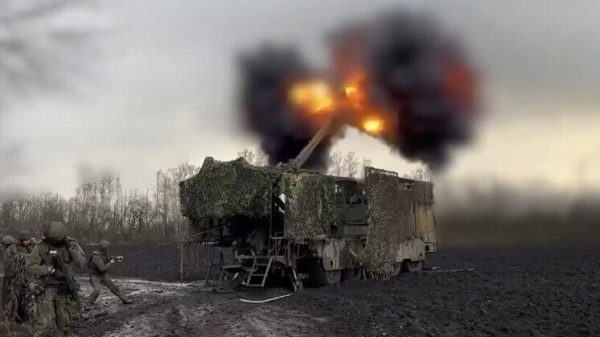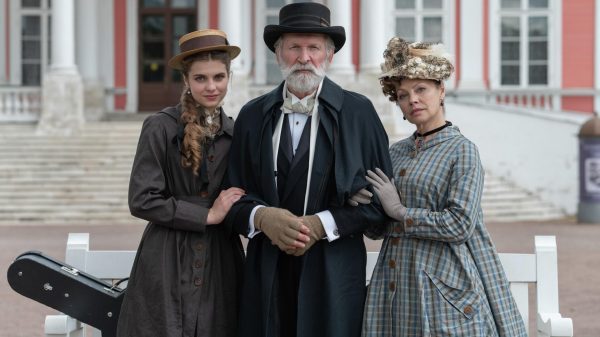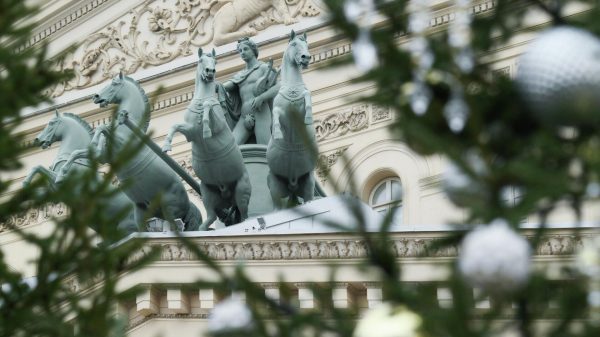Do you know what the country's leaders most often did when the situation in combat zones became threatening?
Everyone who was interested in the history of the Great Patriotic War heard and read that in the most difficult days of the war, the party and government mobilized all their forces to fight the enemy. But all the hardships and hardships of those war years could not be compared with what happened during the Civil War, in 1919, when the position of the Red Army on the main fronts became critical and looked hopeless.
It was then that decisions were made that, in essence, were a plan for total mobilization, during which the collection of reinforcements and equipment necessary for the army, unprecedented in Russian history, took place. About this plan and its most important part, which was believed to have brought victory in that war, see the text “How much manpower can our army absorb.”
Mobilization during the Civil War was distinguished from conscription during the Great Patriotic War and one more circumstance. From 1942 to 1944, to compensate for the lack of fighters at the front, mass mobilizations of girls and women into the Red Army took place. How this happened is in the publication “Voluntary Summoning.”
And soon after the Victory, a deadlock situation developed in relations between the allies in the anti-Hitler coalition. The leadership of the USSR supported pro-Soviet political forces in occupied Germany and sought to bring them to power after the lifting of the occupation regime. And the recent allies tried their best to prevent this. The former allies considered the way out of the impasse to be the creation of a separate state from the American, British and French zones. And the Kremlin has developed countermeasures. About the course and results of this conflict, which ended 75 years ago, on May 5, 1949, is the publication “They will stubbornly cling to Berlin.”
Deadlock situations also developed in times of peace. Thus, Empresses Elizaveta Petrovna and Catherine II, it would seem, did the maximum to ensure that outstanding Russian artists and sculptors appeared in Russia, but, as the famous architect V. I. Bazhenov stated 225 years ago, in April 1799, talent appeared a little, and “these roses withered away from the thorns of envy or ignorance.” About why this happened — the material “The Academy of Arts will not see the desired success.”
The situation with the correct delivery of perishable products, primarily meat, to both capitals of the Russian Empire also turned out to be hopeless. Even the establishment on April 12, 1909* of the Committee on Refrigeration under the Ministry of Trade and Industry did not help much. About the history of the struggle for quality food and what helped turn the situation around, see an article in our regular column “Forgotten Life” — “Meat producers keep prices.”
But at times a seemingly found way out the dead end turned out to be ghostly. 100 years ago, in 1924, a campaign began to eradicate the financially corrupting legacy of the past — tipping, and many methods were proposed to combat those who take and give them. About this seemingly endless campaign — the text “And the worst situation is in Moscow.”
This issue of the monthly Kommersant-History is about his successful and not so successful experience of searching for a way out of the impasse accumulated in our long and recent past.
Contents
< p class="doc__text">“We won’t see the desired success from the Academy of Arts”/What hindered the development of talents
“Meat producers keep prices down”/What product was called “meat in a coat”
“How much manpower can our army absorb”/How they planned total mobilization in Russia
“And the situation is worse in Moscow”/How they fought against the financially corrupting legacy of the past
“Call voluntarily»/The most accurate indicator of the scale of losses in battles
«They will stubbornly cling to Berlin»/What kind of response to sanctions brings results
*All dates before February 1, 1918 are given in the old style.
























































Свежие комментарии